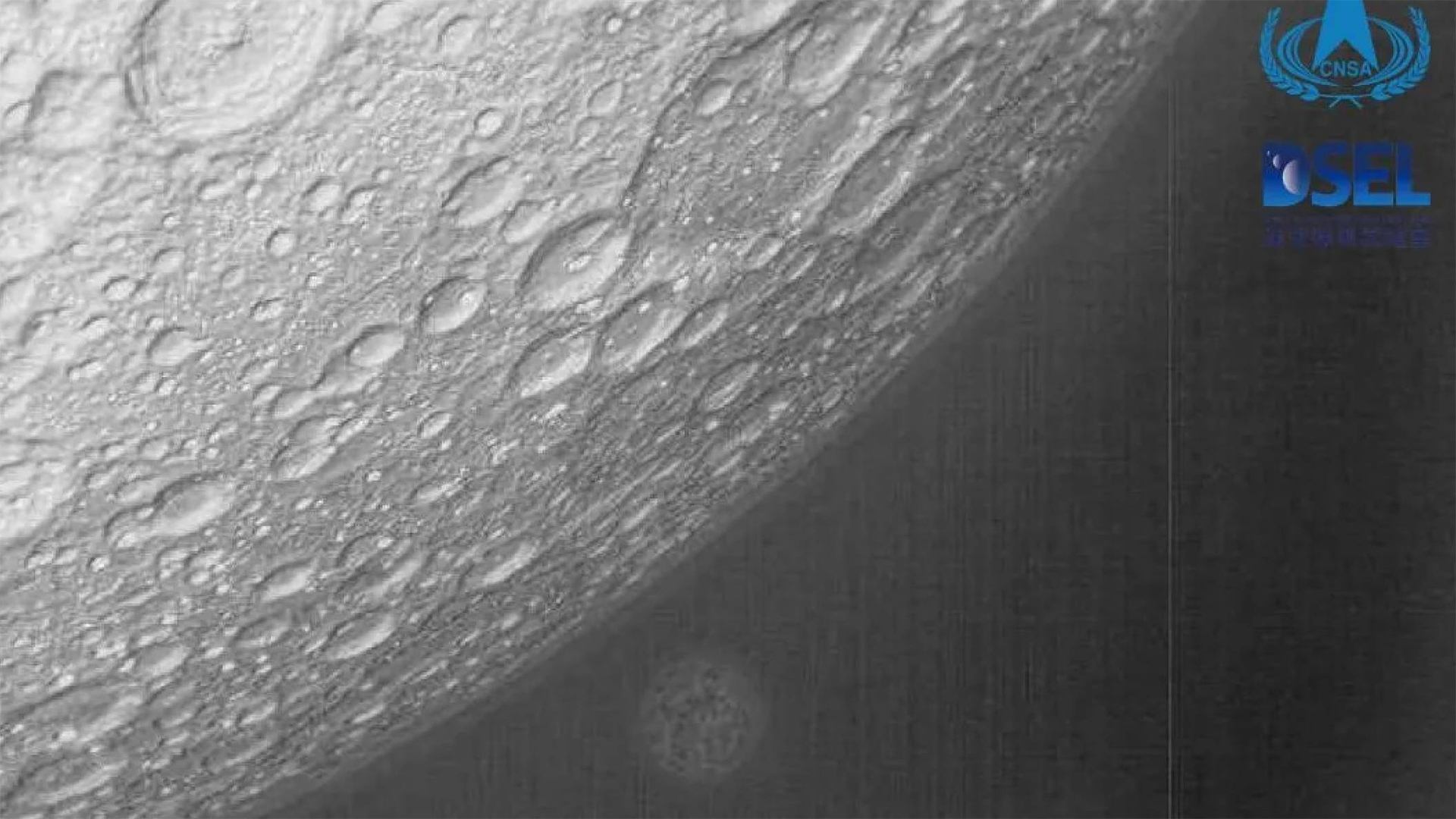Published November 25, 2023
8 min read
From the snowy tundras of Antarctica and the rocky coastline of Greenland to the winding waterways of the Chilean fjords, James Popsys’ assignments have taken him to some of the world’s most remote locations. Over the last decade, his career has gone from strength to strength, but like everyone, he started out with just a camera and a passion for photography. He discusses how to improve your own skills behind the lens, delving into everything from angles to equipment.
How did you first get into photography and what were some of the challenges you faced when starting out?
I did a lot of travelling in my early 20s, and I always had my camera with me. But it wasn’t until I was living in London that I started to get hooked. I couldn’t afford to travel much, so I spent my weekends taking photographs around the city. Sometimes it can be beneficial to photograph scenes close to home because you learn to see the extraordinary in the ordinary. It also allowed me to hone my skills and discover my own photography style.
The biggest challenge was getting people to care about my work. We live in a world where the vast majority of people consume photography on social media. The reality is that you can spend weeks chasing the perfect photo, but you can’t change the fact that most people will only see it for a few seconds on a very small screen. They may hit ‘like’, but before long they’ll be scrolling again. That’s why I started my YouTube channel — I wanted to show people the story behind my photos and make them care about the shot. In doing this, I found that people became much more familiar with my work and were much more likely to support me through buying prints or recommending me for photography jobs.
What kit would you advise budding travel photographers to buy?
My first camera was a compact Lumix with a huge zoom range. I then upgraded to a DSLR.
I used to have a huge kit bag full of different lenses and cameras, but as I honed my skills and found my photography style, I found that I didn’t need so much equipment. Today, my ideal gear bag would have one mirrorless camera and one 24-70mm zoom lens. This type of lens is versatile enough to capture the vast majority of things you want to capture at normal focal length. If you’re a beginner, any mirrorless camera made in the past 10 years with a standard zoom lens is a good place to start. If you have a phone released in the last three or four years, that’s a great place to start, too — camera phones can be just as good as regular lenses these days.
What’s the key to capturing landscapes?
All photography, especially when you’re out in nature, is about simplification. It’s about taking complex scenes and simplifying them so that people know exactly what the photo is about. A mindset of constant experimentation is also useful — you may think you’ve got the shot, but always try different angles or take the shot from a different viewpoint or at a different time of day. Often when I get home, I find that the fifth photo I took is actually the one that sticks.
Finally, don’t focus on things you can’t control. If the weather or lighting is bad, don’t despair. Your aim isn’t to get the best photo that’s ever been taken of that scene, but to capture something that reflects your own perspective at that moment in time. On a practical level, make sure you have a camera that you’re not too precious about. Too many people will buy an expensive camera and then they’re terrified when they have to expose it to the elements. When I’m shooting in exposed areas, I plan for the worst — I always have an emergency bag with extra layers and a microfibre towel to dry my camera with.
Your photographs have a distinct style. How can new photographers go about finding their own style?
When I was starting out, I was in a rush to arrive at my style. But I’m realising that style isn’t a destination — it’s a constantly moving target. The reason for that is that a photographer’s style is formed by thousands of different inputs: you can be influenced by your personal experiences, other people’s work, books that you’ve read, films that you’ve seen, etc. I know what kinds of photo I want to take right now, but there’s no saying that this won’t change or evolve over time. So, my advice would be don’t rush. Remember that the beauty of photography is that you can’t complete it — it’s a fruitless chase for perfection.
What’s the one thing you wish you’d known when you were starting out?
It’s a myth to think that as a photographer you’ll spend all your time taking photos. Making people care about your photos, and being able to promote yourself, is just as important as taking the photo. As a freelance photographer, you’re first and foremost a marketer. Another piece of advice that I found really useful was to think of photography as solving a jigsaw. In any given scene, you’ve got lots of different pieces — a car, the sea, a lamppost, maybe — and our job as photographers is working out how to fit them all together.
This paid content article was created for MPB. It does not necessarily reflect the views of National Geographic, National Geographic Traveller (UK) or their editorial staffs.
To subscribe to National Geographic Traveller (UK) magazine click here. (Available in select countries only).
Note: This article have been indexed to our site. We do not claim legitimacy, ownership or copyright of any of the content above. To see the article at original source Click Here












:max_bytes(150000):strip_icc()/01EssentialHomesResearchProject-final1chiarabecattini-bfc49073fd4e4cc892c2f986c5d25e0a.jpg)
